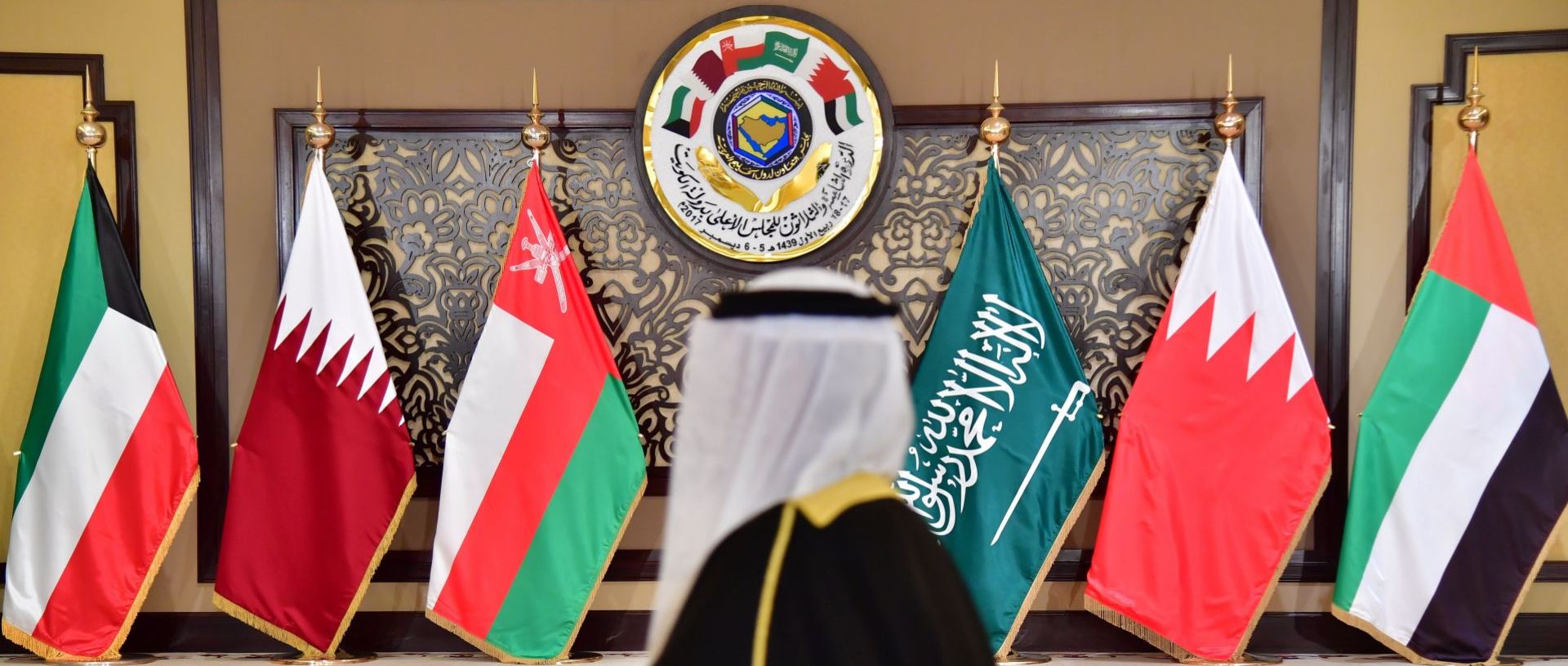The Pentagon is sending an additional 3,000 active-duty troops to the U.S.-Mexico border, as President Donald Trump ramps up efforts to curb illegal immigration and fulfill a key campaign promise, U.S. officials confirmed Saturday.
The latest deployment includes elements of a Stryker brigade combat team and a general support aviation battalion, according to a Defense Department statement. The troops are expected to arrive within the next few weeks to reinforce existing border security efforts along the nearly 2,000-mile stretch between the United States and Mexico.
Expanded Military Presence at the Border
The new deployment brings the total number of U.S. troops at the southern border to approximately 12,200. This includes 4,200 active-duty personnel deployed under federal orders and an additional 5,000 National Guard troops operating under the authority of state governors.
The Stryker brigade being sent to the border is equipped with medium-armored wheeled personnel carriers, designed for rapid mobility and defense. The aviation battalion will provide logistical support, surveillance, and reconnaissance.
The Pentagon’s statement did not specify the exact roles or locations of the new troops, but officials indicated they will be reinforcing and expanding current border security operations.
Trump’s Push for Stronger Border Security
President Trump’s administration has made border security a top priority, emphasizing the need for military support to prevent unauthorized crossings and combat drug trafficking. In response to a surge in border crossings, the administration has repeatedly called for tighter security measures and the deployment of additional personnel.
Defense Secretary Pete Hegseth ordered the latest troop movement, underscoring the administration’s commitment to sealing the border and protecting the territorial integrity of the United States.
Ongoing Debate Over Military Involvement
The deployment of active-duty military forces to the border has sparked debate among lawmakers and policy experts. Critics argue that immigration enforcement is traditionally the role of civilian agencies like Customs and Border Protection (CBP), while supporters claim the troop presence is necessary to handle growing security threats.
The White House has defended the decision, stating that the additional troops will assist with surveillance, logistical support, and deterrence efforts, though they will not take on direct law enforcement roles.
With the border crisis remaining a hot-button issue, the latest deployment signals a continued reliance on military resources to address immigration challenges at the southern border.


